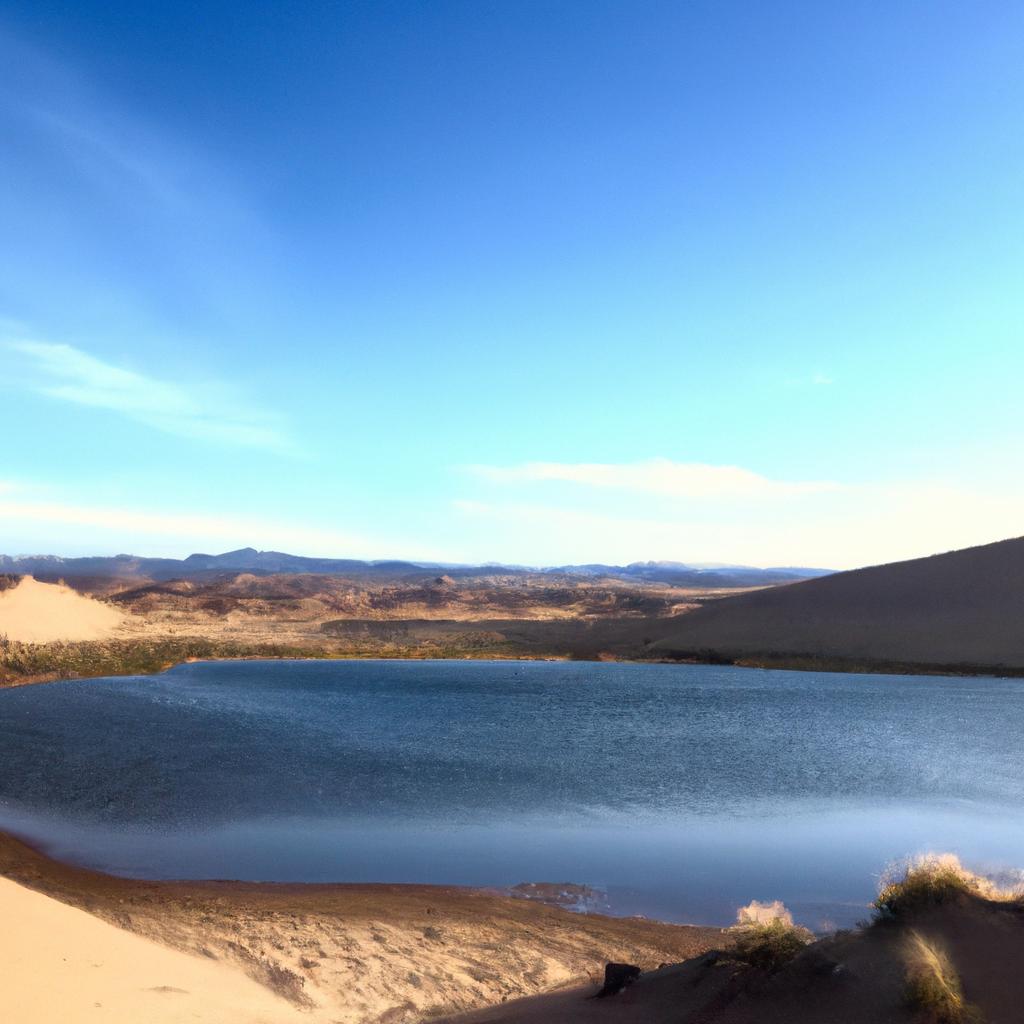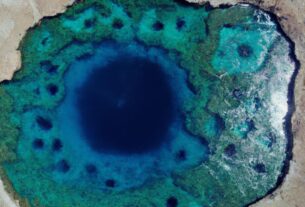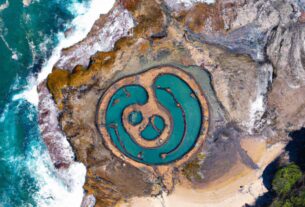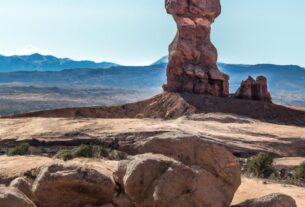Deserts are often associated with barrenness, dryness, and scorching heat. However, hidden within their vast expanse lies a marvel of nature: a lake in the desert. Yes, you heard it right – a body of water nestled amidst the arid landscape. In this article, we will explore the definition of a desert lake and its pivotal role in the ecosystem. We will also delve into their formation and unique characteristics, as well as the challenges they face. So, let us embark on this extraordinary journey!
A. Definition of a Desert Lake
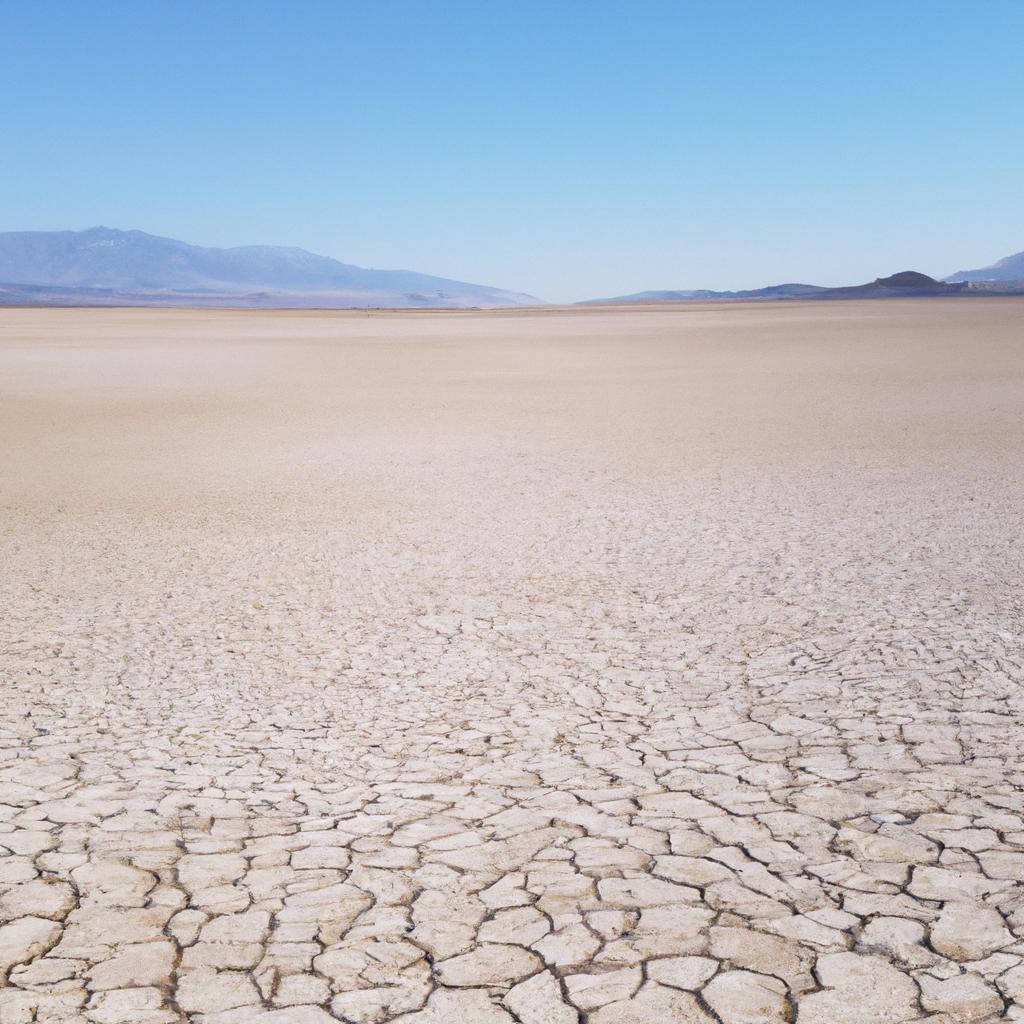
A desert lake is a body of water found within a desert biome, an area that receives less than 10 inches of precipitation per year. These lakes can be either natural or artificial, formed by human-made infrastructure such as dams and canals. Natural desert lakes are often fed by underground aquifers or seasonal rainfalls, varying in size from small ponds to expansive bodies of water. Some famous examples of desert lakes include the Great Salt Lake in Utah, USA, and Lake Eyre in Australia.
B. The Significance of Desert Lakes in the Ecosystem
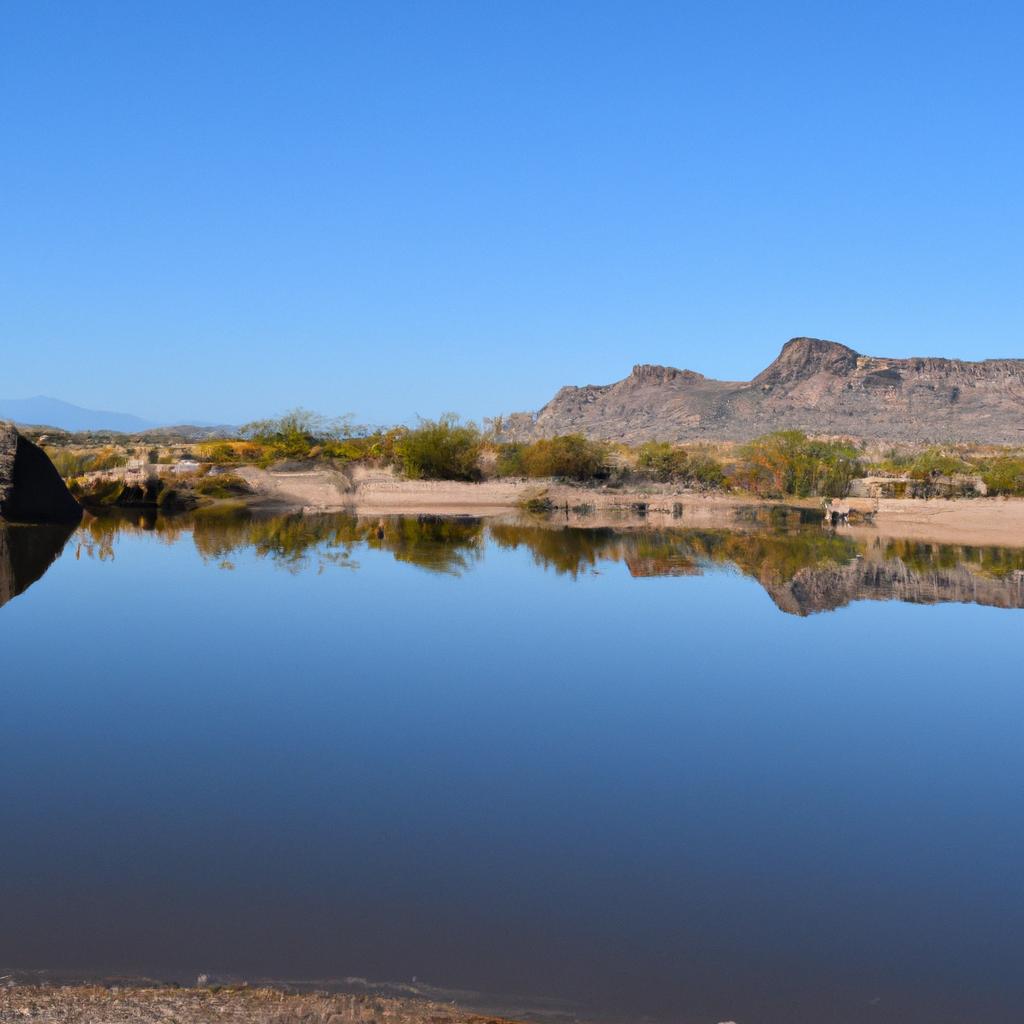
Desert lakes play a vital role in sustaining the local ecosystem by providing a source of water for plants and animals to thrive. They also serve as breeding grounds for various species, including fish, amphibians, and birds. Furthermore, the vegetation surrounding desert lakes acts as a natural filter, purifying the water and making it safe for consumption by wildlife and humans. These natural wonders also attract tourists and adventure seekers who come to admire their serene beauty.
C. A Brief Overview
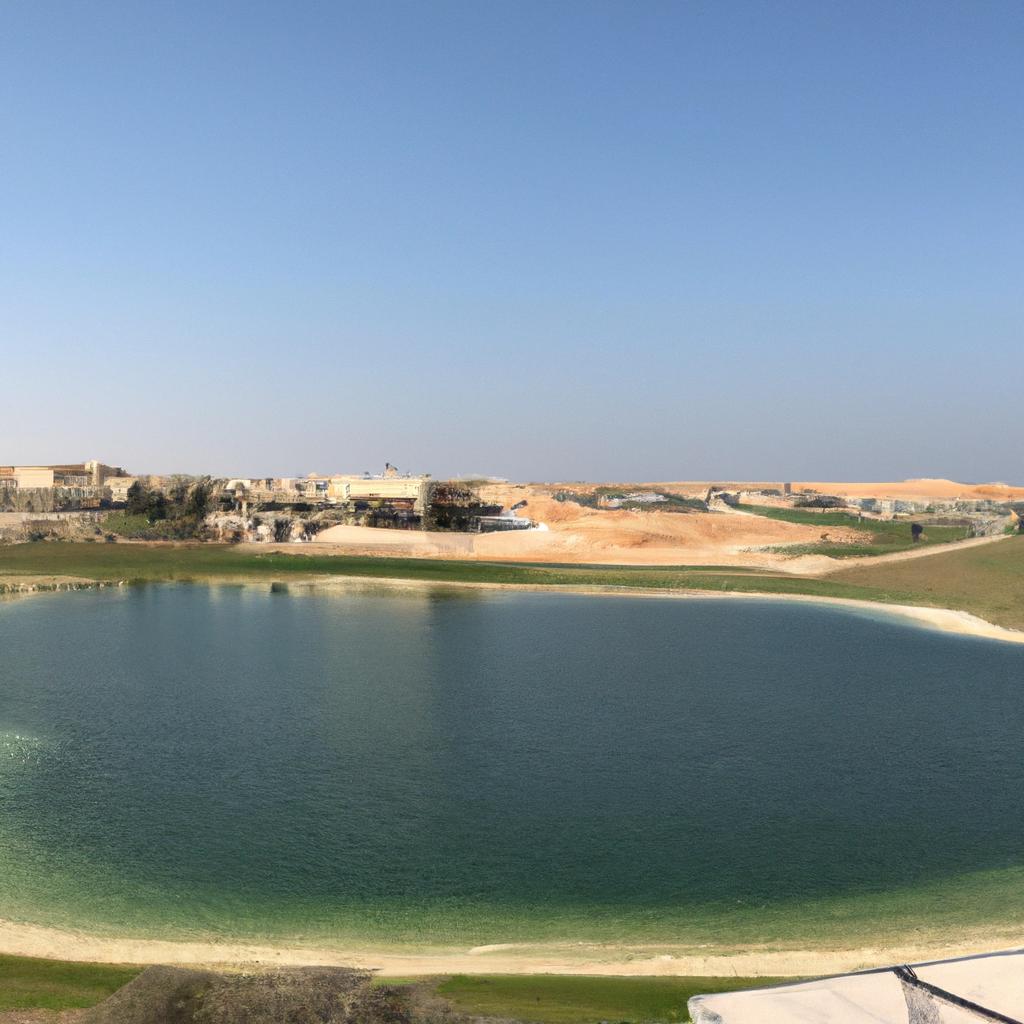
Throughout this article, we will explore the formation of desert lakes, their unique features, and the challenges they face. We will also discuss the tourism and recreation opportunities these natural wonders offer and the importance of preserving them. So, fasten your seatbelts and get ready to be amazed by the wonders of a lake in the desert!
Formation of Desert Lakes
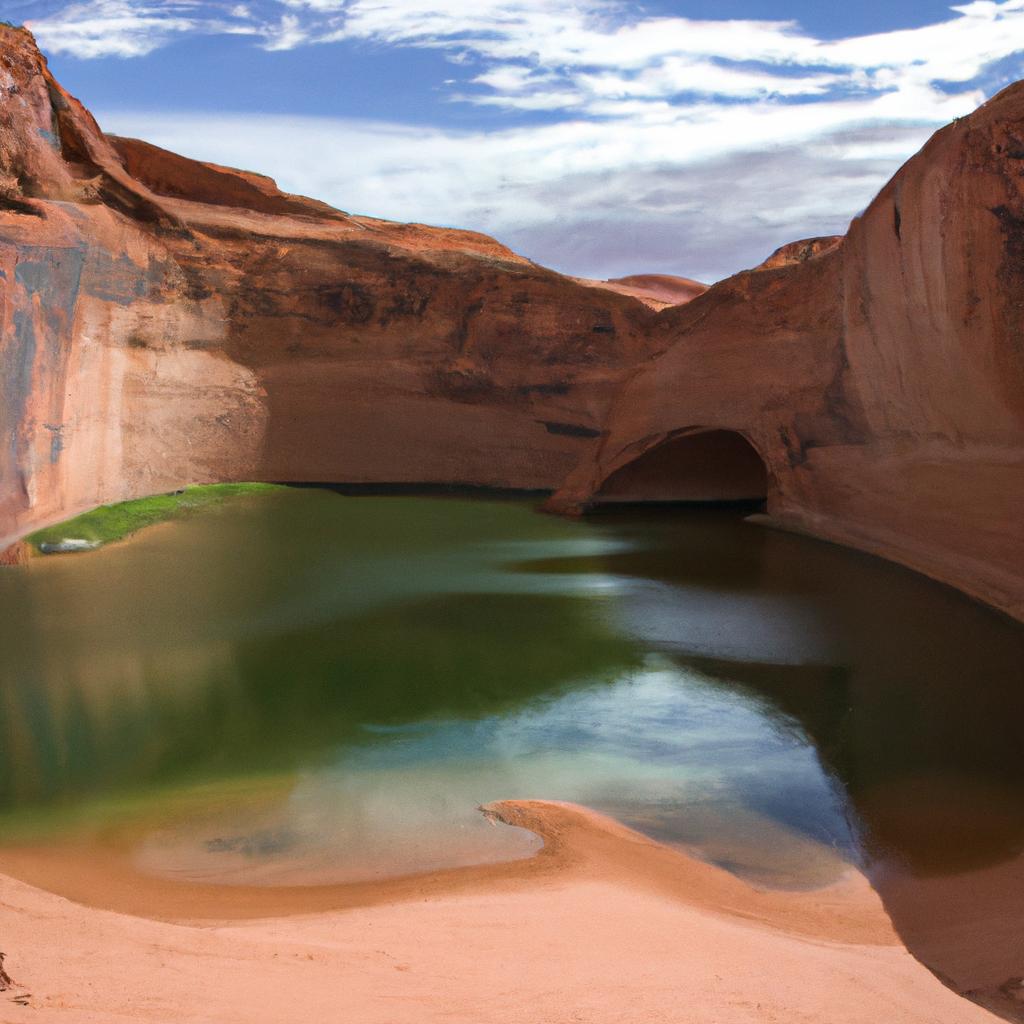
A. Geological and Climatic Factors
The formation of a desert lake is a complex process influenced by various geological and climatic factors. A significant factor is the presence of a geological depression, a low-lying area that collects water. Tectonic activity, erosion, or volcanic activity can cause these depressions. When water accumulates in such a depression, it can form a lake.
Rainfall is another crucial factor. While deserts are known for their lack of precipitation, occasional rainfalls can lead to the formation of temporary desert lakes. However, due to the hot and dry climate, the water from these rainfalls often evaporates quickly, leaving behind salt flats and dry lake beds.
B. Types of Desert Lakes
Desert lakes can be classified into two main types: endorheic and exorheic. Endorheic lakes are bodies of water that do not drain into the ocean or sea. Instead, they collect water from their surrounding drainage basins. These lakes are usually found in arid regions and are often fed by rivers or underground aquifers. On the other hand, exorheic lakes are connected to a river or stream that eventually drains into the ocean or sea.
C. Examples of Famous Desert Lakes
Desert lakes can be found worldwide, from the Americas to Asia and Africa. One well-known example is the Dead Sea, located between Jordan and Israel. The Dead Sea is an endorheic lake known for its high salt concentration, making it impossible for most organisms to survive. Another famous desert lake is Lake Chad, situated in the Sahara Desert in Africa. It is an endorheic lake fed by rivers and rainfall and acts as a vital water source for the surrounding communities.
So, the formation of a desert lake is a unique and intricate process influenced by various geological and climatic factors. Understanding these factors helps us appreciate the beauty and value of these rare natural wonders.
Unique Features of Desert Lakes
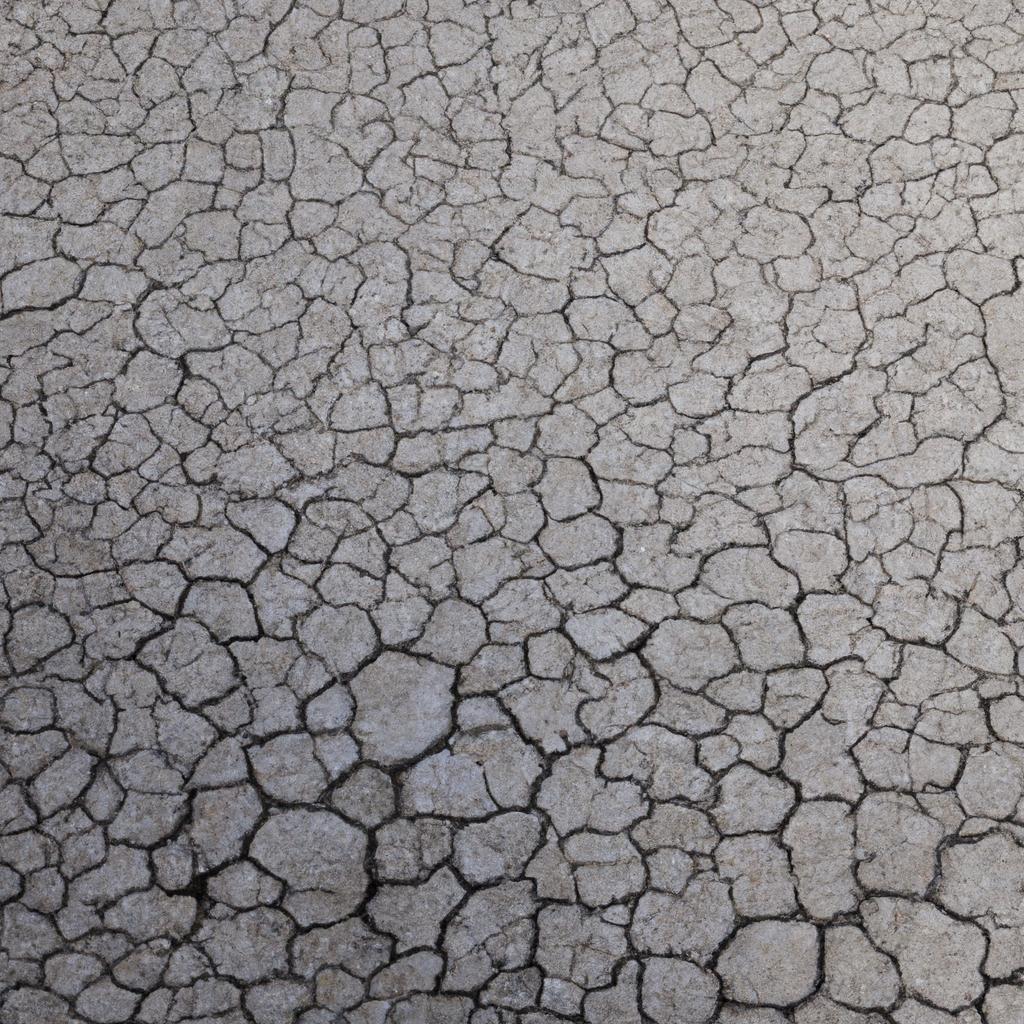
Desert lakes may seem ordinary, but they possess unique characteristics that distinguish them from other lakes. In this section, we will explore some of these distinctive features, including their water chemistry and quality, flora and fauna adaptations, and human uses and impacts.
A. Water Chemistry and Quality
One of the most remarkable features of desert lakes is their water chemistry and quality. Due to their location in arid regions, desert lakes often have higher salinity levels compared to other lakes. This is because water evaporates rapidly, leaving behind concentrated minerals and salts. The high salinity can render the water unsuitable for human consumption, but it creates a unique habitat for specialized flora and fauna that have adapted to survive in such conditions. For example, halophytes are plants that can tolerate high salt concentrations, while some fish species have evolved to live in brackish water.
B. Flora and Fauna Adaptations
Desert lakes are home to a variety of unique flora and fauna species that have adapted to the harsh desert environment. The vegetation surrounding the lakes often includes drought-resistant plants such as cacti and succulents, which can store water in their leaves and stems. Moreover, desert lakes provide a vital water source for migratory birds and other animals that have adapted to survive in arid regions. Examples of species found in desert lakes include the desert pupfish, the desert tortoise, and various water bird species.
C. Human Uses and Impacts
Desert lakes have been utilized by humans for various purposes throughout history, from fishing and recreation to irrigation and industrial activities. However, these activities can have detrimental effects on the delicate lake ecosystem. Overfishing can disrupt the food chain and lead to a decline in fish populations. Pollution from human activities such as agriculture and mining can also harm the water quality and affect the flora and fauna. Therefore, it is crucial to ensure that human uses of desert lakes are sustainable and do not disturb the delicate balance of the ecosystem.
Challenges and Threats to Desert Lakes
Like any other natural ecosystem, desert lakes face numerous challenges and threats that endanger their existence. These challenges range from climate change to human activities, all of which can have severe consequences for the ecosystem. In this section, we will discuss some of the most pressing challenges and threats faced by desert lakes.
A. Drought and Climate Change
One of the significant challenges facing desert lakes is the increasing frequency and severity of droughts caused by climate change. Rising temperatures result in higher evaporation rates, leading to a reduction in water levels. This has a devastating impact on the flora and fauna dependent on these bodies of water for survival. Moreover, droughts can lead to the formation of salt flats, which can be toxic to certain species and exacerbate the problem.
B. Water Pollution and Overuse
Another significant threat to desert lakes is water pollution and overuse. As human populations grow and water demand increases, desert lakes are often exploited for their water resources. This can lead to a decrease in water levels and an increase in pollution levels, which can harm the ecosystem. Furthermore, human activities such as mining, agriculture, and urbanization can introduce harmful chemicals and pollutants into the water, further endangering the ecosystem’s health.
C. Conservation Efforts and Success Stories
Despite the challenges faced by desert lakes, there are numerous conservation efforts underway to protect and preserve these natural wonders. One such example is the restoration of the Salton Sea in California, which was on the brink of collapse due to pollution and overuse. Through a combination of conservation efforts and government funding, the Salton Sea is now on the path to recovery, attracting tourists and serving as a vital habitat for migratory birds. Other success stories include the restoration of the Aral Sea in Central Asia and the protection of Lake Chad in Africa.
In conclusion, desert lakes encounter various challenges and threats, but with the right conservation efforts and policies, they can be safeguarded and preserved for future generations. It is up to us to take action and ensure that these natural wonders continue to thrive.
Tourism and Recreation at Desert Lakes
Desert lakes offer a unique and breathtaking experience for tourists and travelers seeking to explore the wonders of the natural world. Here are some popular activities and attractions that draw visitors to these oases in the desert:
A. Popular Activities and Attractions
-
Water sports: Many desert lakes offer opportunities for water sports such as boating, kayaking, and fishing. Some lakes even have designated swimming areas for visitors to take a refreshing dip in the cool water.
-
Wildlife viewing: Desert lakes are home to a variety of unique wildlife, including birds, reptiles, and mammals. Visitors can observe these animals in their natural habitats and learn more about their behaviors and adaptations.
-
Hiking and camping: Many desert lakes are surrounded by scenic trails and camping sites, offering visitors a chance to immerse themselves in the beauty of the wilderness.
-
Photography: Desert lakes provide a stunning backdrop for photography enthusiasts, with their tranquil waters reflecting the surrounding landscape and creating a picturesque scene.
B. Local Communities and Economies
Desert lakes often serve as a hub for local communities, providing a source of water for agriculture and livestock. Additionally, tourism and recreation at these lakes contribute to the local economy, creating job opportunities and boosting revenue for small businesses.
C. Sustainable Tourism and Responsible Travel Tips
While tourism can have a positive impact on local economies, it is crucial to ensure that it is done sustainably and responsibly to minimize environmental impact. Here are some tips for responsible travel to desert lakes:
-
Respect the environment: Avoid littering and damaging natural habitats by staying on designated trails and campsites.
-
Conserve water: In arid regions, water is a precious resource. Use it sparingly and avoid wasting it unnecessarily.
-
Support local businesses: Opt for locally-owned businesses when purchasing food, souvenirs, and other items. This helps support the local economy and reduces the carbon footprint of transportation.
-
Educate yourself: Learn about the local culture, history, and environment to gain a deeper appreciation for the region and its people.
By following these tips, visitors can enjoy the beauty of desert lakes while preserving them for future generations.
Conclusion
In conclusion, a lake in the desert is a rare and awe-inspiring natural wonder that holds immense ecological and cultural significance. It provides a source of water for local flora and fauna to thrive and serves as a breeding ground for various species. However, desert lakes face numerous challenges, including climate change, water pollution, and overuse. It is crucial to preserve these natural wonders and promote sustainable tourism to ensure their continued existence.
As we’ve explored throughout this article, the formation of desert lakes is a unique and intricate process influenced by geological and climatic factors. Desert lakes possess unique features such as their water chemistry, flora and fauna adaptations, and human uses. While tourism and recreation opportunities are plentiful at desert lakes, it is essential to follow responsible travel practices to minimize our impact on the environment.
At TooLacks, we are committed to showcasing the beauty and wonder of the natural world and educating our readers about its importance. We hope this article has inspired you to appreciate the wonders of a lake in the desert and take action to preserve these rare and precious gems for future generations.
